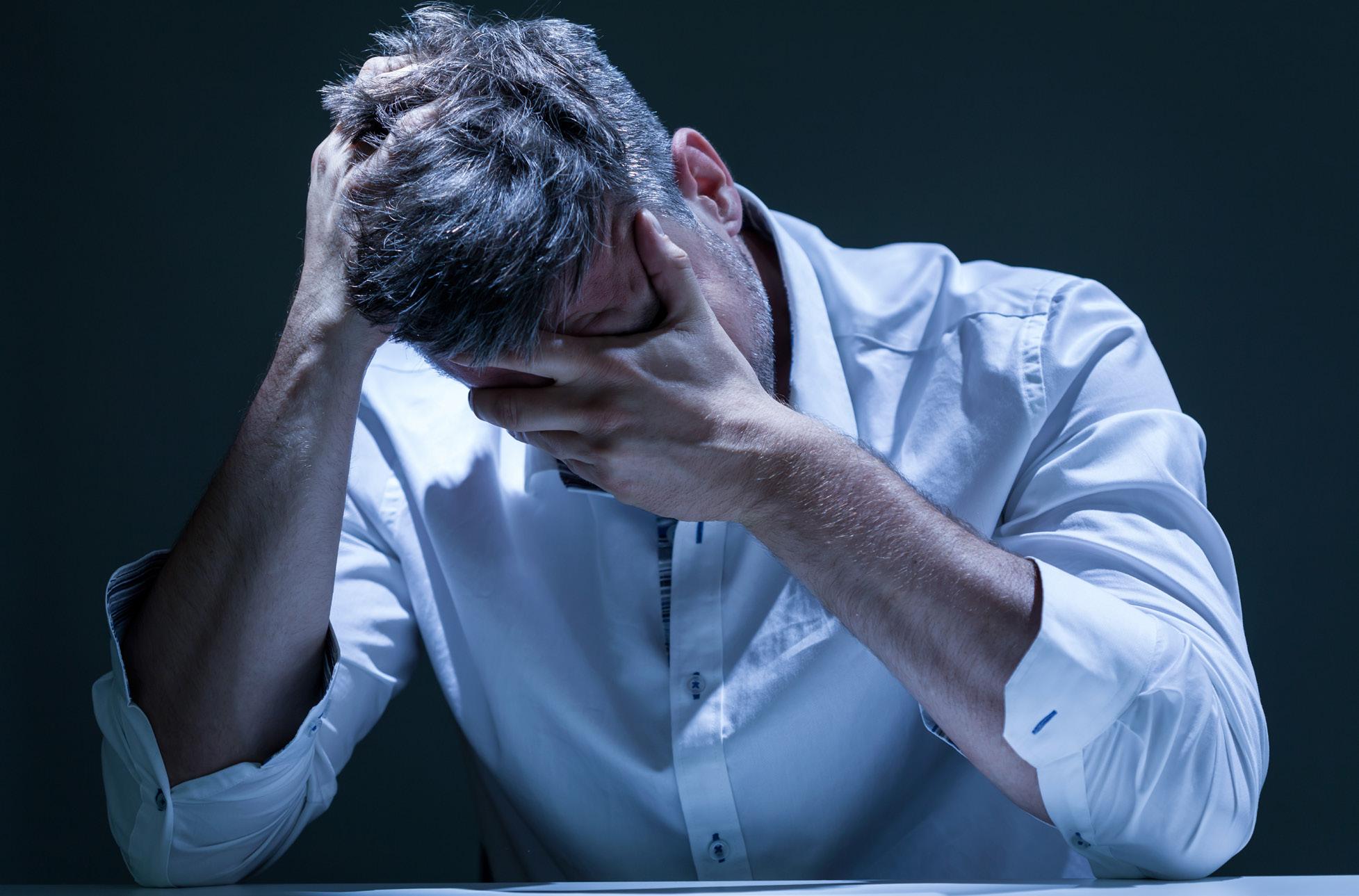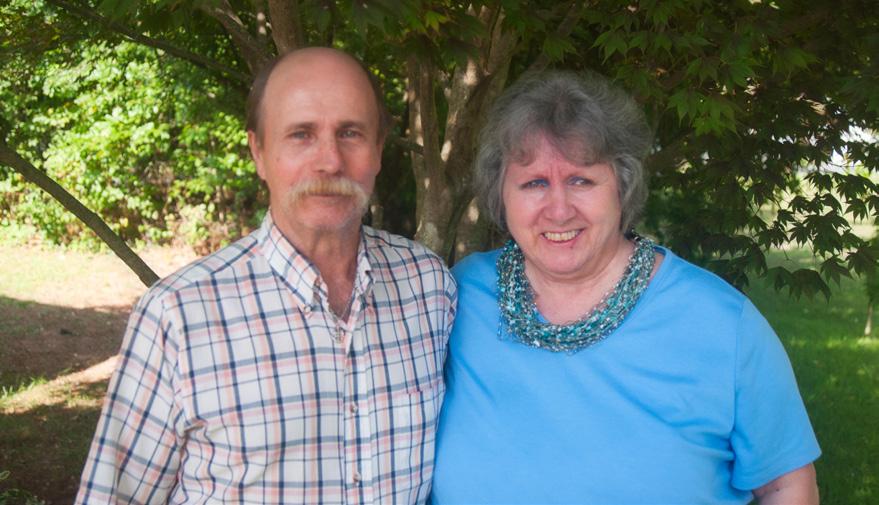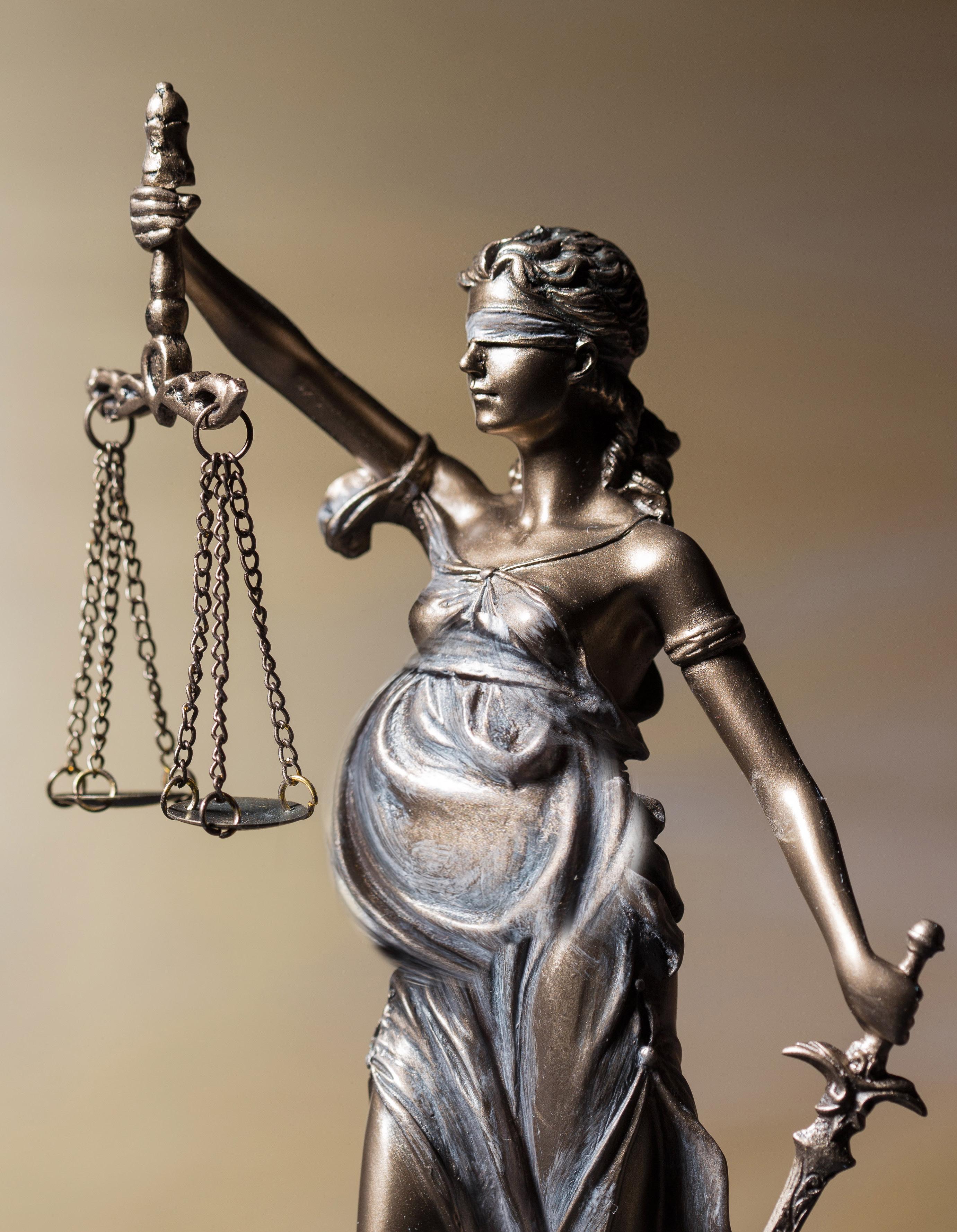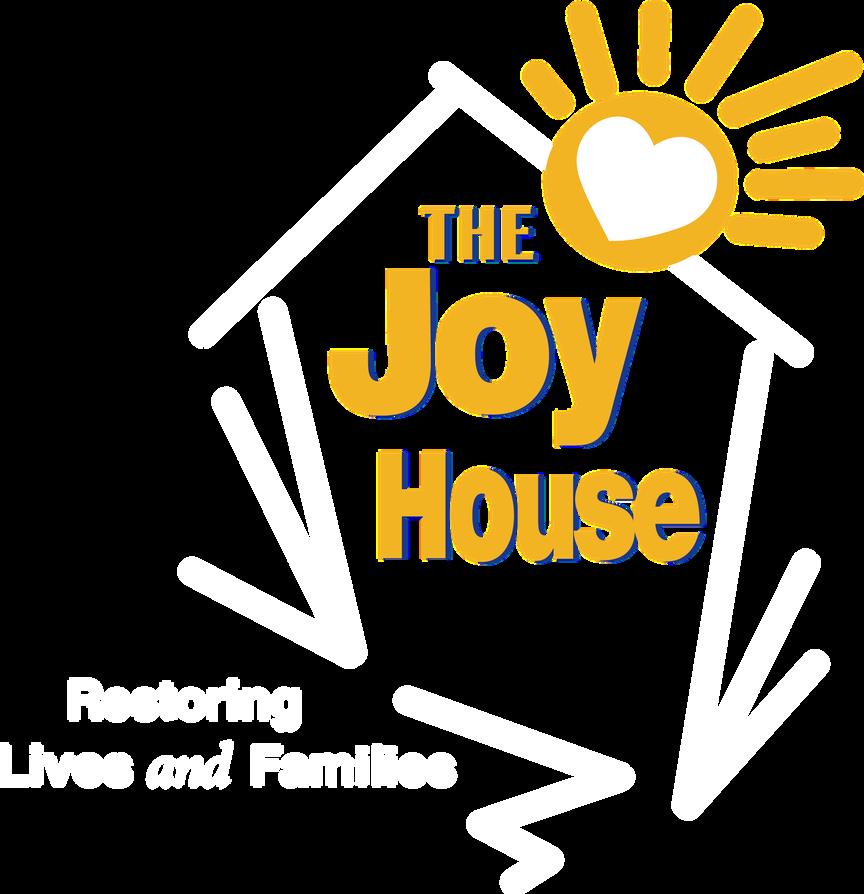
7 minute read
The Shocking Truth About the Morning After Pill
from NGPC 2019 Magazine
Walk into any drugstore or pharmacy and for $35 you can buy the “morning after pill.” You don’t need a prescription. You don't need an ID. And, if you’re a minor, you don’t need parental approval. This wide open access to the morning after pill has created another sexual revolution among our teenagers. Girls think they no longer have to worry about getting pregnant from a one-night stand or a “fling.” So the “free love” of the 1960s has come full circle, with teenagers sleeping around at an alarming rate.
This is shocking to parents like Anon. She’s the mother of a 17-year-old daughter. When she finally talked to her daughter about her sex partners, she was disturbed to find out that her daughter had already slept with nine different boys. Anon said in an online forum, “She told me that this was normal and that most of her friends are in double figures (out of the friends she was at school with, she is one of the oldest – a lot of them haven't turned 17 yet). I’ll be honest, I didn’t think she had been with that many partners – I knew of three or four. She said that one of her friends has been with more than 20.”
Anon’s daughter isn’t alone. Dr. Leslie Kantor, Vice President of Education at Planned Parenthood Federation of America. “By the time they are seniors in high school, most U.S. teens will be sexually active.” Many girls become sexually active as early as age 12. One girl discussed in the aforementioned forum was 14 and she had “lost count” of her sexual partners. While not all teens are this sexually active, it’s clear the social stigma of “sleeping around” has disappeared from our teen culture. Of those who don’t sleep around, a recent survey found that the main reason they avoid having sex is that they don’t want to get pregnant (or, for the boys, they don’t want to get a girl pregnant). The number of these teens is dropping – largely due to the easy access to the morning after pill.
The morning after pill is the drug levonorgestrel. This is a high-dose progestin hormone pill that will prevent a pregnancy if taken within 72 hours of having unprotected sex. It prevents the pregnancy in one of three ways. It can prevent the release of an egg if taken prior to ovulation. It also makes vaginal fluid thicker, which helps prevent sperm from reaching the egg. And, it changes the lining of the uterus to prevent attachment of a fertilized egg.
While most abortion advocates say the pill is not an abortive pill, the last method of prevention does destroy a fertilized egg. For those who believe life begins at conception, this is an abortion.
Levonorgestrel is the same hormone used in many birth control pills that women take regularly. However, the morning after pill is a much higher dose of the hormone. And with that higher dose come more potential side effects.
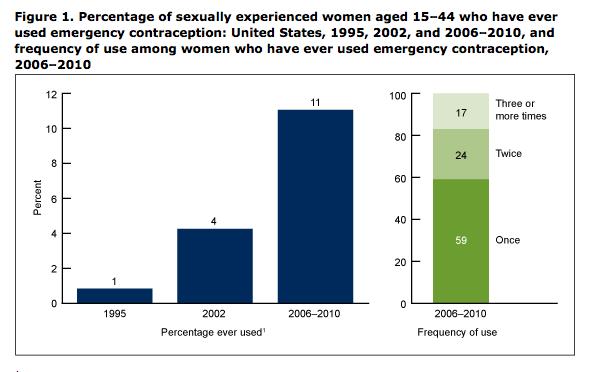
WebMD says this “emergency contraception should not be used as a routine method of birth control.” The site also lists possible side effects to include nausea, abdominal pain, fatigue, headache, menstrual changes, dizziness, breast tenderness, and vomiting. However, these are only the shortterm side effects of the hormone.
One article in the British Medical Journal link the hormone to life-long autoimmune diseases, such as systemic lupus erythematosus and antiphosphlipid syndrome, and increased risks of several cancers, including breast cancer. Other studies have found that extensive use of the morning after pill can cause significant weight gain (on average 15 pounds), clinical depression, ovarian cyst enlargement, gallbladder disease, high blood pressure, respiratory disorders, increased risk of ectopic pregnancy, bulimia, anorexia, and death.
Most teenagers who take this drug have no knowledge of these risks. And, since they don’t have to talk to a pharmacist to purchase the drug, no one is going to tell them. In fact, most websites – the primary source of information for teenagers – talk about how safe these drugs are.
The devastation the morning after pill is going to have on teenagers doesn’t just end with potential health risks. The pill isn’t guaranteed to prevent pregnancy. In fact, it’s much less effective at preventing pregnancy compared to regular contraception. If taken within 24 hours of unprotected sex, the drug is 95% effective. In other words, 5 out of every 100 girls will still become pregnant after taking the pill. If taken between
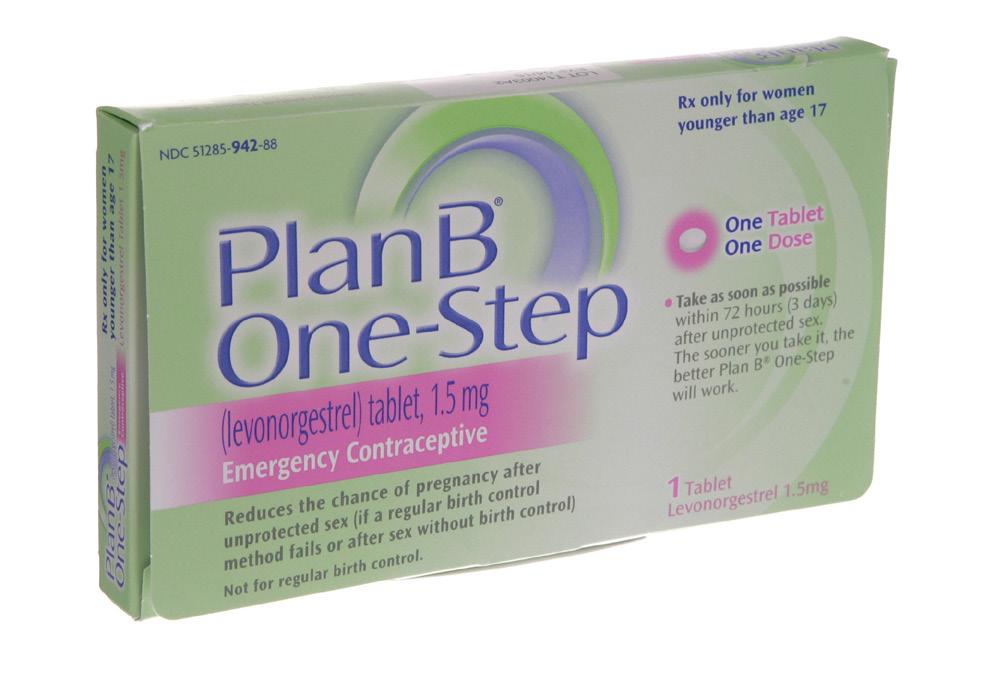
24 and 72 hours after sex, the percentage drops to 89% effectiveness. So 11 out of 100 girls will become pregnant.
Does the morning after pill lower the number of pregnancies among teens? This is best answered by showing just how excited Planned Parenthood is about the pill. They advertise the morning after pill throughout their websites. And they give misinformation – saying the pill can prevent pregnancy if taken within 5 days. Most medical sites are clear. It works within 72 hours, but the sooner you take it, the more effective it is.
So why would Planned Parenthood be so excited about the morning after pill? The answer is simple – it increases the number of teenagers who are having regular unprotected sex. And more teenagers having more unprotected sex will result in more unwanted pregnancies. Planned Parenthood has a vested interest in teenagers have sex and getting pregnant. It is the best way to ensure the number of abortions they conduct increases. While they say they want fewer unwanted pregnancies, their actions say otherwise.
Abortion advocates have long said, “We need to promote more contraception in schools, social programs, and the workplace” in order to reduce abortions. However, in the mid-1990s, the World Health Organization (WHO) began to realize that increased access to routine methods of contraception led to increased rates of abortion. The WHO also discovered routine use of the morning after pill is “unsuitable primarily because of the high incidence of cycle disturbances.”
Even the notorious abortion promoter, David A Grimes, MD, acknowledged that the morning after pill has a serious negative effect on a woman’s menstrual cycle: “Repeated use of EC (emergency contraception) wreaks havoc on a woman’s cycle,” Grimes said, “so the resulting menstrual chaos acts as a powerful deterrent to using this method too often.” But studies have found that the “menstrual chaos” doesn’t deter girls from using the morning after pill. They consider it just part of the process. The morning after pill is allowing kids to have more
and more unprotected sex. And they take the pill every time they have sexual intercourse. What’s more, since the drug is available to anyone at any time without a prescription, kids are taking 4-5 pills as a first dose. That’s 4-5 times the approved dose. Then, many of them are taking another pill 12 hours later just to be sure. So they are taking up to 6 times the recommended dose of a hormone that can cause serious harm at the regular dose.
Even worse, the easy access to the morning after pill creates another huge problem for teenagers. Their risk for sexually transmitted diseases (STDs) goes up astronomically. Teenagers in particular would rather not deal with condoms or other contraceptives. Since the morning after pill allows them to avoid pregnancy, they don’t use any protection for STDs.

In August 2018, the Atlantic magazine said “the Centers for Disease Control and Prevention announced that reported cases of three sexually transmitted diseases in the United States had reached an all-time high in 2017. Rates of gonorrhea rose by 67%, syphilis by 76%, and chlamydia by 21%, to a total of almost 2.3 million cases nationwide. According to the CDC, 2017 surpassed 2016 as the year with the most reported STD cases on record – and marked the fourth year in a row that STDs increased steeply in the U.S.”
The packaging for the morning after pill doesn’t include any clear warnings of these risks and it doesn’t mention the abortion-inducing function of the drug. As a result, the need for pregnancy centers to help the women and girls who are the victims of both the pills and the abortions that accompany them has never been greater.
“Contraceptive Implants Come of Age,” Progress in Reproductive Health Research No. 61, World Health Organization. Available at: www. who.int/reproductive-health/hrp/progress/61/news61.html.
https://www.theatlantic.com/family/archive/2018/08/why-are-stds-onthe-rise-if-people-are-having-less-sex/568909/ https://www.bmj.com/rapid-response/2011/10/30/levonorgestrel-hazardous
“A Communication to All Doctors from the Chief Medical Officer,” Chief Medical Officer Update No. 35, U.K. Department of Health, January 2003. Available at: www.doh.gov.uk/cmo_35.htm#20. https://www.plannedparenthood.org/learn/morning-after-pill-emergency-contraception


